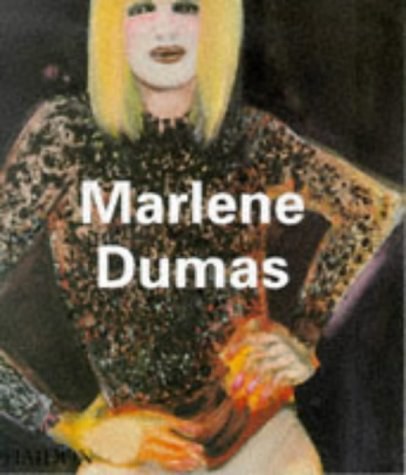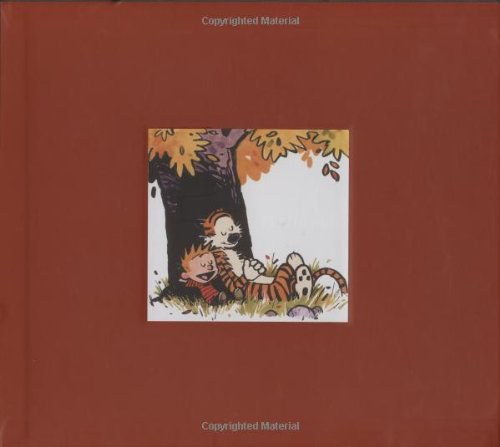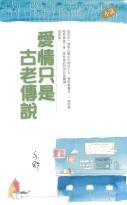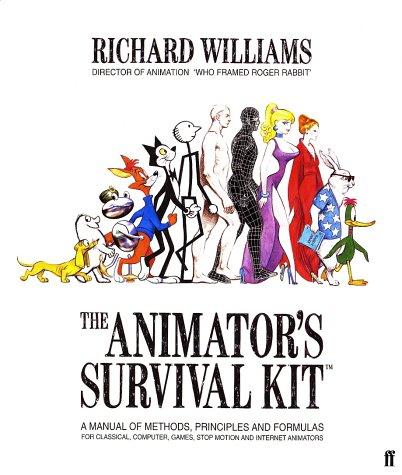
W·James Potter《An Analysis of Thinking and Research About Qualitative Methods》
书刊介绍
Written for social science scholars who want to learn more about the qualitative way of thinking, this book addresses the full continuum of issues about the qualitative methodologies. At one end of that continuum are the deeply philosophical concerns of ontology and epistemology. At the other -- concrete -- end of that continuum are the practical issues of what is considered evidence: How does one go about gathering evidence? Where, when, and how does one analyze evidence? What are the alternative ways of dealing with tone and voice in writing qualitative research? The attention to practical, concrete issues makes this book useful as a handbook providing a great deal of vital information to scholars who want a guide to making decisions as they navigate their research questions through the qualitative realm.
Uniquely qualified to write such a book, Potter has earned PhDs in both qualitative methods (with a concentration in linguistics and field studies) and in quantitative methods (with a concentration in social science theory and statistics). The book is not an ideological argument that glorifies one system of thinking while attempting to persuade the reader that other systems of thinking are bankrupt. Rather, the book presents a respectful, balanced analysis of the strengths and weaknesses of the qualitative approach.
The book builds to a controversial final chapter entitled "Is Convergence a Possibility?" in which Potter synthesizes a conclusion from his analysis of a wide range of qualitative studies across three broad topic areas -- text focused research, audience focused research, and institution focused research -- and across seven major qualitative methodologies -- ethnography, ethnomethodology, reception study, ecological psychology, symbolic interactionism, cultural studies, and textual analysis. His conclusion is that not only is there a possibility of a convergence between qualitative and quantitative approaches, but that the convergence has already happened.
The book includes an appendix in which 95 books and articles using the qualitative approach are abstracted and analyzed to illustrate key points of methodology and methods. It also includes subject and author indexes.
相关推荐
-
![[英] Agatha Christie《Endless Night》](http://oss.shudanhao.com/caiji/chazidian/2023/46413.jpg)
[英] Agatha Christie《Endless Night》
AgathaChristiesdisturbing1960smysterythriller,reissuedwithastrikingnewcoverdesig...
-

亿元之路
孙成钢,笔名扬韬:原山东神光总裁,著有《股市预测与实战》《十年二十倍》《五万元一粒米》《新人性》《让投资者盈》《新庄家时代黑马策略》《出师》
-

第一口苹果的滋味
“如果我是一只天上的飞鸟,我就不会在意地上青蛙的目光。也许我对女性的要求高了一些。要求她们独立、自主、多识、达观,我要求她们不论学业还是事业都多一些坚持,我要求...
-

楢山节考
【编辑推荐】★戛纳电影节金棕榈奖电影原著小说先后两次被改编为电影,其中1983年今村昌平导演,由本书前两篇小说《楢山节考》《东北的神武们》改编的电影《楢山节考》...
-

Cicero|H·E·Gould|J·L·Whiteley《De Amicitia》
TheDeAmicitiaisoneofCicerosmostcarefullycraftedphilosophicaltreatises.Itoffersan...
-

锅炉技术问答1100题(上下册)
锅炉技术问答1100题(上下册) 本书特色 本书根据作者近40年在锅炉运行、检修**线工作中积累的经验和解决疑难技术问题取得的成果,以及从事锅炉工作的人员必须掌...
-

通往麦加之路
作者出生在奥地利﹐是犹太人﹐原名Sylvius Leopold Weiss﹐1926年归信伊斯兰﹐改名为穆罕默德‧阿萨德。 他的祖上是犹太教的宗教世家﹐犹太教经...
-

张崇泉临床经验集
张崇泉临床经验集 本书特色 张崇泉、张炜宁主编的《张崇泉临床经验集》是在“十一五”国家科技支撑计划“名老中医临床经验、学术思想传承研究”子课题“张崇泉临床经验、...
-

海陆的起源
1880年11月1日魏格纳出生于德国柏林。父亲是理查德(Richard)福音派新教会的传道土,兼任柏林孤儿院院长。魏格纳的哥哥库尔特是位自然科学家,姐姐托尼是位...
-

江湖·侠客·情
孔庆东,北大教授。祖籍山东,系孔子第73代直系传人。1983年自哈尔滨考入北京大学中文系,钱理群先生的开山硕士、严家炎先生的博士,主攻现代小说与武侠小说,语言驾...
-

Excavating the Afterlife
In Excavating the Afterlife, Guolong Lai explores the dialectical relationship b...
-

道德情操论
亚当·斯密(1723-1790):生于苏格兰,青年时期就读于牛津大学。1751年至1764年在格斯哥大学任哲学教授期间,发表了他的第一部著作《道德情操论》,为他...
-

决战:东北解放战争 1945~1948
刘统,著名军史专家,上海交通大学教授。著有《东北解放战争纪实》《中原解放战争纪实》《北上——党中央与张国焘斗争纪实》《中国的1948年——两种命运的决战》《跨海...
-

美国宪政历程
本书的主体部分由三篇精彩的宪法论文与25个司法大案组成,一共28节。这三篇论文是《美国宪法的英国普通法渊源》、《保守的美国革命产生了长寿的联邦宪法》和《美国宪政...
-

中医的名义
中医的名义 本书特色 “草木蔓发,春山可望。”作为中华优秀传统文化的瑰宝,古老的中医药站在新的历史起点,拉开天时地利人和的发展序幕。正如中医经典所言:“寒者热之...
-

Trillion Dollar Coach
#1 Wall Street Journal BestsellerNew York Times BestsellerUSA Today BestsellerTh...
-

愿所有爱不负等待
居经纬豆瓣ID:居经纬居经纬:青年作者,大学在读,情话高手,《地大青年》报社主编。不务正业工科男,温暖故事制造机。钟爱处女座资深患者,活生生一条暗恋锦鲤。
-

小偷家族
★ 戛纳电影节金棕榈奖原著小说年度现象级文艺片,国内院线日本真人电影票房冠军豆瓣评分8.8,18万影迷热泪推荐!第71届戛纳电影节 (2018) 主竞赛单元 金...
-

全职高手 9
阅文集团著名作家,被誉为“网游文神级大师”,江湖人称“虫爹”。作品幽默诙谐,人物性格鲜明,拥有众多死忠粉,尤其在年轻一代中人气超高,深受追捧。代表作《全职高手》...
-

低谷中开出花朵
编辑推荐:★知名获奖作家格雷丝·马歇尔倾心之作全球生产力培训导师格雷丝·马歇尔,曾出版《高效工作,从容生活》(How to be really producti...





